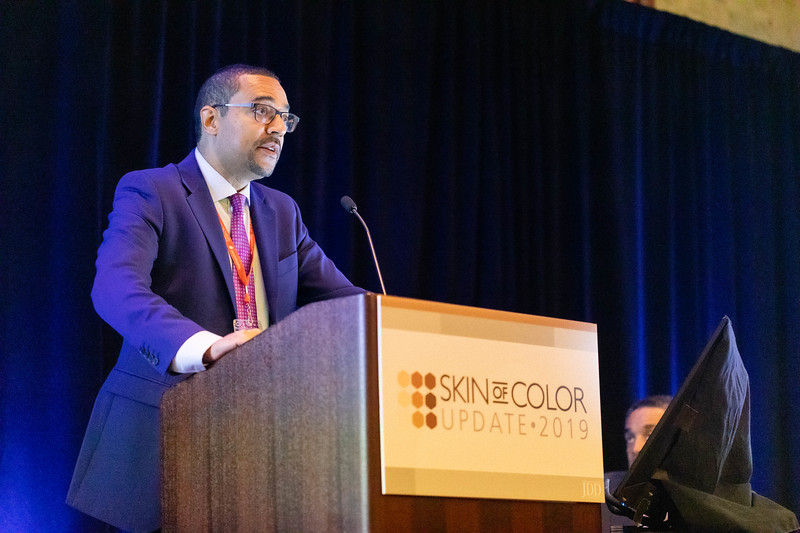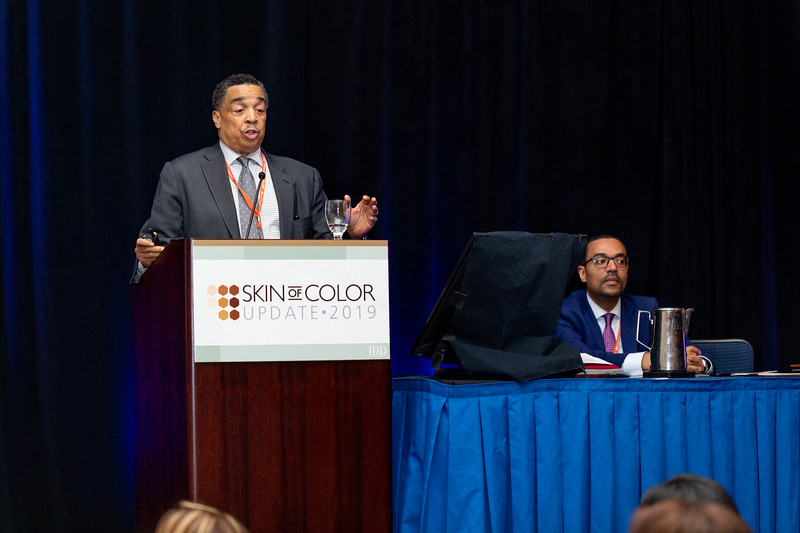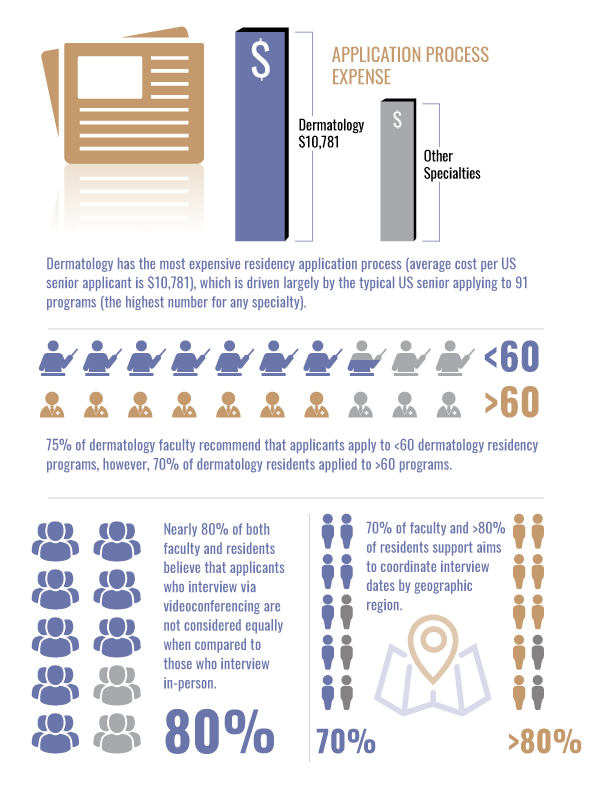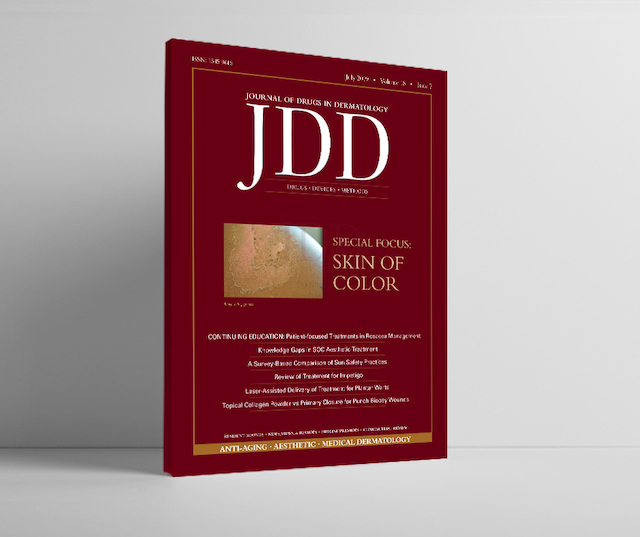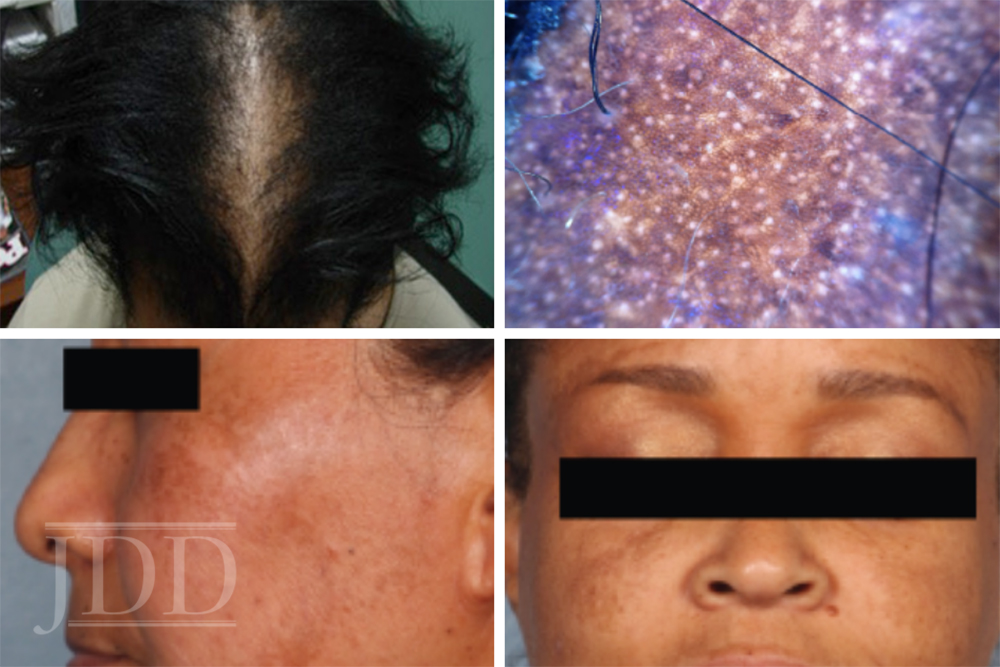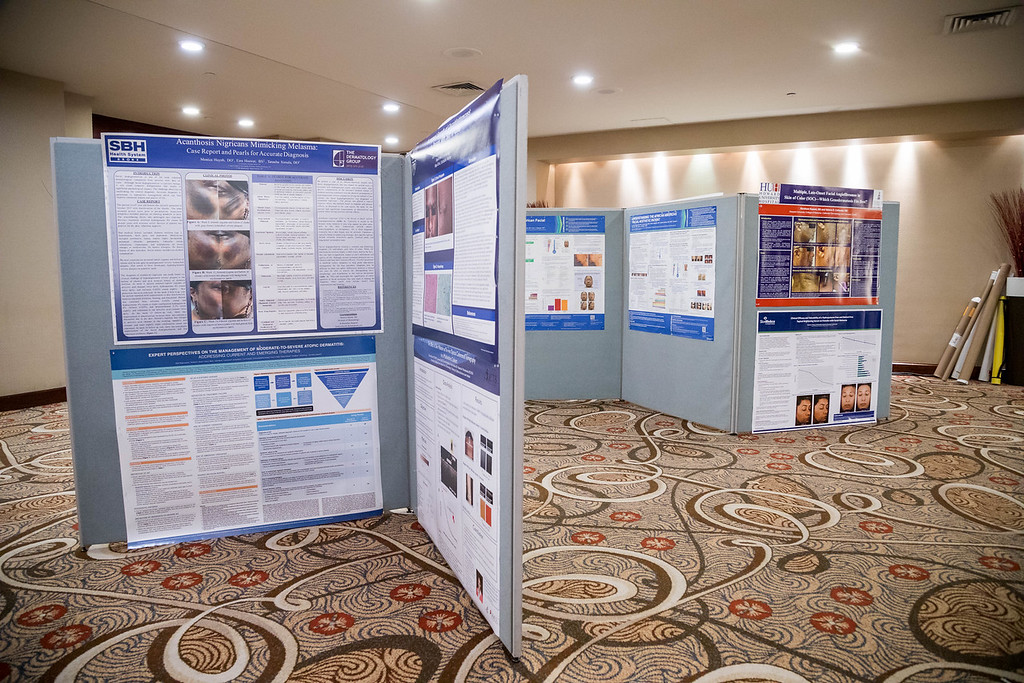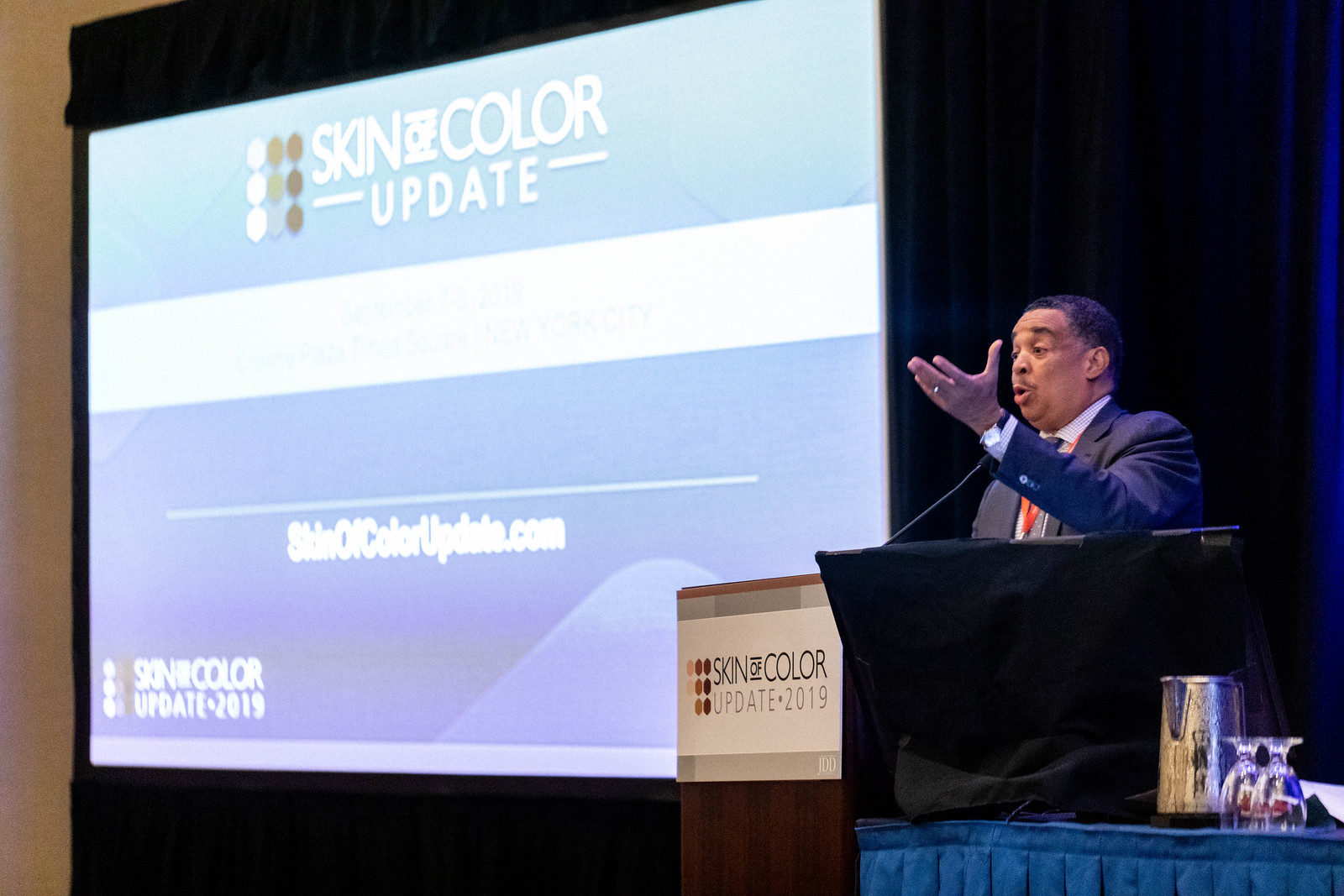
NEW YORK (Oct. 16, 2019) Skin of Color Update 2019 continues to receive media coverage from various publications after producing a sold out event. Skin of Color Update, Sept. 7 & 8, 2019, held at the Crowne Plaza Times Square, hosted an expert faculty with 2 days education, networking and discovery. This 2-day event attracted over 300 dermatology providers from all over the US. Purchase Skin of Color Update On-demand here.
See what the media has to say about the event and register for Skin of Color Update 2020 before it sells out.
- The Dermatologist covered Wendy Roberts, MD session on Hair and Scalp Disorders: A Review of Alternative Therapies
- In an interview with The Dermatologist, Skin of Color Update presenter Cheryl M. Burgess, MD, discusses her lecture on common cosmetic concerns among patients with skin of color and the importance of recognizing adverse reactions. Read more.
- Sun protection in Skin of Color patients still matters. Find out what Henry Lim, MD had to say in an interview with The Dermatologist regarding his lecture at Skin of Color Update 2019. Read more.
- Skin of Color Update speaker Theodore Rosen, MD presented on hidradenitis suppurativa in the black community and the improvement of disease control. Read an overview of his session here.
- Andrew Alexis, MD presented clinical findings on new drugs that particularly benefit skin of color patients with acne. Read the overview on Dermatology News.
- Skin of color poses some unique challenges when it comes to diagnosing atopic dermatitis (AD). In a recent interview, co-founder and co-chair Andrew Alexis, MD discusses his challenges and pearls for treating AD in skin of color. Read more.
- Dermatology News recently covered Wendy Roberts, MD Skin of Color Update 2019 presentation on combination treatments for pseudofolliculitis barbae. Read the interview and more here.
- Whitening of skin remained charged topic at the recent Skin of Color Update, co-founder and co-chair Eliot F. Battle, Jr. MD lead the discussion with an interesting expert opinion on the topic. Read more.
Register for Skin of Color Update at the Sheridan Times Square, September 12 and 13, 2020.


